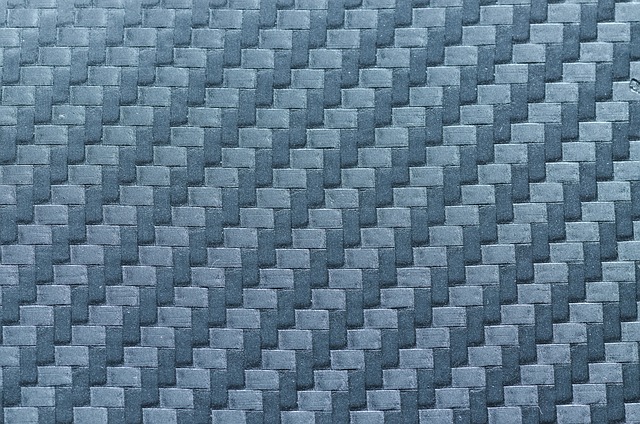The image above by Pelagie Favi and Samantha Tracht of the University of Tennessee shows tentacles protruding from a sundew plant secreting a powerful adhesive capable of stretching to a million times its size. One microliter (0.0002 teaspoons) of the sundew’s adhesive is capable of covering a 25-square-millimeter (about 0.04 square-inch) surface.
Scientists are studying organic materials at the nano level to learn how they might be used, modeled or synthetically re-created for other purposes. The next several hundred years will be about studying everything that exists atom by atom with a complete and total transformation of how we see reality.
This is just one example in the new field of nanotechnology which is so wide it’s difficult to describe. According to scientists, energy, water, food, environment, poverty, terrorism and war, disease, education, democracy and pollution will all be affected by nanotechnology. It is a tidal wave coming ashore affecting everything in its path. Recent strides have been made in emerging “green nanotechnology,” where huge breakthroughs have occurred or are imminent in the following areas:
- Nanostructure Photovoltaics or “Nano PV”
- Nanostructures for Energy Storage, i.e., batteries
- Solid State Lighting
- Thermoelectrics
- Water Treatment, Desalination and Water Re-Use.
Recent Advances in Green Nano PV Technology
In 1839, French experimental physicist Edward Becquerel discovered the photovoltaic effect using an electrolytic cell created with two metal electrodes. With his device, he was able to transform the solar spectrum into electricity. Since that time, there have been a myriad of attempts to improve the efficiency of conversion. With the new capabilities provided by nanotechnology, the opportunities for huge breakthroughs in photovoltaic efficiency are upon us. Recent breakthroughs include:
- The use of thin film optical coatings, nanostructures, and alternating layers of high and low index materials that lead to optimal performance in photovoltaic applications.
- Improvements in modeling reflectance, absorption, and transmittance based on nanostructure configurations.
- Due to exceptional performance and thinness, nanostructures are becoming an inexpensive and optimal building block for photovoltaics and solar fuel technologies.
- Hybrid nanostructures, a core-shell hybrid nanowire of metal wrapped in semiconductor thin films, are leading to unprecedented light absorption that will help photovoltaic manufacturers.
- Testing nanostructures made of various types of materials that have different optical, morphological and absorption properties. Study of the best materials to use in various types of nanotechnology is in its infancy, with breakthroughs and insights coming daily.
At Rice University, a program called “Energy & Nanotechnology: Strategy for the Future” is one of the leading proponents of dialogue between nanoscientists and energy technology experts. In the following video, Dr. Wade Adams, Director of Rice’s Smalley Institute for Nanoscience and Technology, describes many of the new innovations occurring on the nanometer scale.
Related articles on IndustryTap:
- The Great Promises & Challenges of Nanotechnology
- Nanotechnology a New Weapon in the Fight Against Cancer
- With Nanoparticles Discretion is the Better Part of Valor
References and related content:






